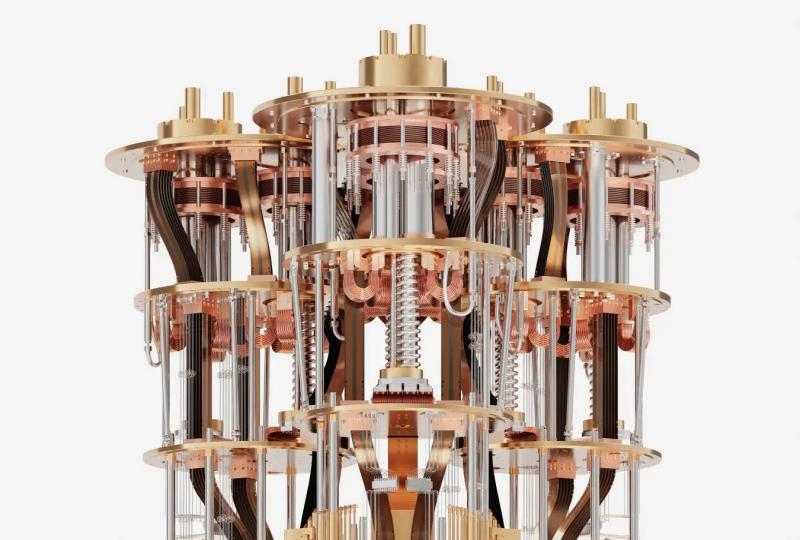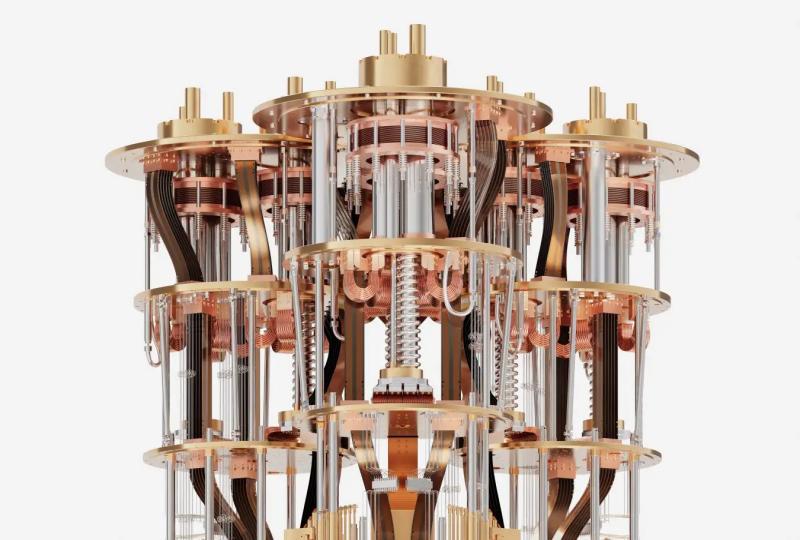Quantum Parallelism: Why Quantum Computers Are So Fast
2025.05.19 · Blog quantum parallelismQuantum computing
What Is Quantum Parallelism?
At the heart of quantum computing lies a fascinating phenomenon known as quantum parallelism. Unlike classical computers, which evaluate one input at a time, quantum computers can process many inputs simultaneously—a fundamental feature that gives quantum computing its immense potential.
But how does this work, and what are its real-world implications? Let's break it down.
How Quantum Parallelism Works
Quantum computers use qubits, which, unlike classical bits (0 or 1), can exist in a superposition of both 0 and 1 at the same time.
When you apply a quantum operation (a unitary transformation) to a qubit in superposition, it acts on all states simultaneously. This allows a quantum computer to evaluate a function on many possible inputs in parallel—not sequentially.
Example: A Simple Analogy
Imagine a classical computer checking all keys one by one to unlock a lock. A quantum computer, thanks to quantum parallelism, tries all keys at once—massively reducing the time needed.
Quantum Parallelism vs Classical Computing
In classical computing:
-
Inputs are processed sequentially
-
More inputs = more time
In quantum computing:
-
Inputs are encoded in superposed qubit states
-
One quantum operation can influence many inputs at once
This parallelism doesn't always yield a direct speedup—measuring the output collapses the superposition. However, quantum algorithms (like Grover's or Shor's) cleverly amplify the right outcomes, allowing the useful result to emerge.
Applications of Quantum Parallelism
Quantum parallelism powers many of the most famous quantum algorithms, including:
-
Shor's Algorithm: Factorizes large numbers exponentially faster than classical methods
-
Grover's Algorithm: Searches unsorted databases in √N time
-
Quantum Fourier Transform: Core to various quantum protocols, using parallelism for efficient computation
These algorithms rely on quantum parallelism to explore massive solution spaces efficiently.
Limitations and Misconceptions of Quantum Parallelism
While quantum parallelism is powerful, it's not magic:
-
You can't extract all answers at once—measurement constraints apply
-
Quantum parallelism is useful only when combined with interference and amplitude amplification
Misunderstanding this has led to the myth that quantum computers can “try all solutions instantly.” The reality is more nuanced, yet still revolutionary.
The Future of Quantum Parallelism
As quantum hardware advances and algorithms become more refined, quantum parallelism will be increasingly harnessed to solve real-world problems in:
-
Cryptography
-
Drug discovery
-
Optimization
-
Machine learning
It will remain a cornerstone of how quantum computers outperform classical ones.
Conclusion
Quantum parallelism is what makes quantum computers fundamentally different from classical machines. By leveraging the power of superposition, quantum systems process vast combinations of data in parallel—paving the way for breakthroughs in science, technology, and beyond.
Understanding quantum parallelism isn't just academic—it's a glimpse into the future of computation.
Featured Content






